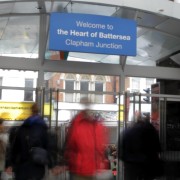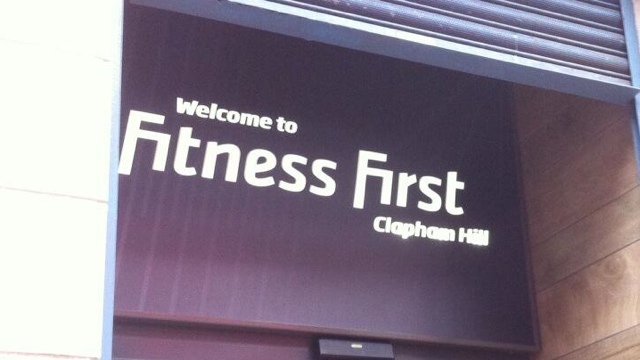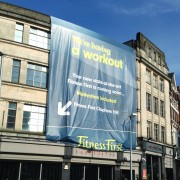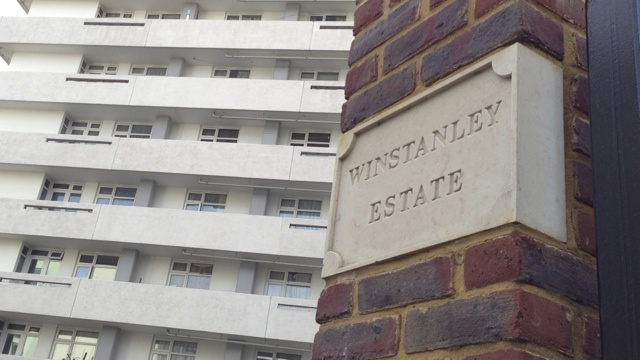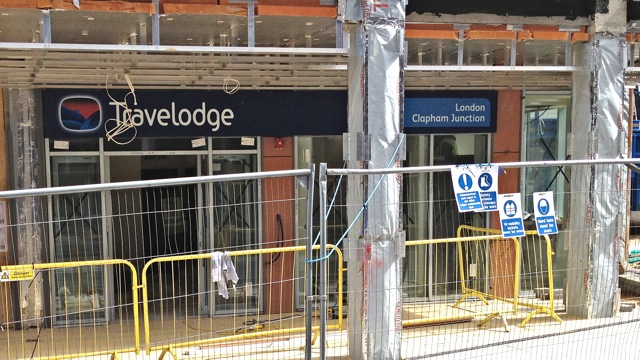Since the election was called I’ve been agonising over which way I should vote. While quitting a party has lots of upsides, it’s actually hard work being a floating voter, especially when we insist on using an atrocious electoral system like first-past-the-post1. I’ve found myself flitting between parties and candidates. A week away from the election, I’m still no nearer a decision.
Battersea is spoilt for choice with candidates this time, with the usual selection of Conservative, Labour and Liberal Democrat joined by Green, UKIP, Socialist and a pro-Remain independent.
Arguably first-past-the-post makes the choice of vote easier, since there’s little prospect, based on the 2015 result, of anyone but Conservatives or Labour winning. Indeed, based on the 2015 result it’s easy to assume it’s a Conservative hold.
Until, that is, the publication of the YouGov election model yesterday and listed Battersea as ‘leaning Labour’. Their model had Labour estimated to get 43% (with a 95% confidence interval of 36-51%) and the Conservatives estimated on 41% (with an interval of 34-47%). It struck me as unlikely, to say the least.
However, it did make question if there was any chance it might be right. I could certainly point to anecdotal evidence it might not be totally outlandish. My own experience (admittedly getting older) was that while the response to the Conservatives on the door was still warm, it never felt quite as effusive as it once did. It was certainly my experience at the time and from observation and gossip since that the local party machinery of the Conservatives—historically quite formidable—was a shadow of its former self and unable to compete with a youthful and energetic Labour party.
The mountain to climb…
The evidence of 2015 was, however, that local campaigns don’t necessary win elections. It was commonly accepted that the Labour party outclassed and outgunned the Conservatives on everything. Everything, that is, except votes in the ballot box. Jane Ellison held the seat with over half the votes cast, 52.4% against Labour’s Will Martindale on 36.8%. For Labour to overturn that it would require a swing of 7.8%.
The only published poll for Battersea, commissioned by the independent candidate, had the Conservatives on 46% and Labour on 38%. The poll was conducted before the recent shift towards Labour in national polling, but still showed Labour some way off the pace.
The YouGov model has a swing towards Labour in its national model, but only 3.5% 1.75%.2 That is arguably suspect, since it goes against the consensus of all the polls published thus far. And it’s hard to see where the other 4% 6% or so of swing is coming from, even if you accept YouGov’s close result.
…and how it could be scaled
A few factors? Labour’s campaigning is getting stronger while the Conservatives are getting weaker. It’s hard to see how this would be reflecting in polls, though, since campaigns are far more about getting people out to vote than changing hearts and minds on the doorstep. You certainly wouldn’t expect this to be a factor in YouGov’s model.
The London bubble, in which Labour somehow seem unaffected by the national unpopularity of Jeremy Corbyn (and perhaps buoyed by the regional popularity of Sadiq Khan, the Mayor of London) may be adding a little to Labour total.
The continued Lib Dem collapse may be playing a part. There were about 5,000 Lib Dem votes ‘lost’ between the 2010 and 2015 election. Again, it’s possible these voters may now be flocking to Labour having abstained or flirted with the Tories.
These may individually get a challenging Labour party a little closer, but the biggest gains, surely would have to come from the EU referendum referendum.
Remain, however, has to be the biggest factor in play. Battersea is a young, international constituency. Wandsworth had one of the biggest remain votes in the country and while constituency results were not declared there was some academic and polling evidence suggesting Battersea was the most pro-remain constituency in the borough. Given that Jane Ellison has long been an ardent pro-European there was understandable disappointment when she failed to represent her constituents and her own beliefs and still voted to trigger article 50.
Can Labour win?
Possibly, but then it’s a theoretical possibility that any candidate could win. Would I share YouGov’s projection? Probably not. They might get a few bits and pieces from some factors, and will probably get a good chunk because of the remain factor (something they are clearly pushing for in their literature). There are definitely many who are angry with Jane Ellison for, as they perceive it, putting her ministerial career before her principals and the national interest. My sense, though, is that many of those would not have been voting Conservative in any case.
So, possible? Yes. But likely, even in YouGov’s nuanced language of ‘leaning’? Probably not: so many things have to stack up it would have to be an outlier.
And my vote? I’m still stuck.
- Yes, I once was a supporter of first-past-the-post, but people change and I’m older and wiser. ↩
- By my reckoning, I’m only using the very simplistic Butler swing model and not factoring in the potential effects of the smaller parties or independent candidate. I also got this wrong in my initial post, meaning there’s an even bigger mountain for Labour to climb.↩


